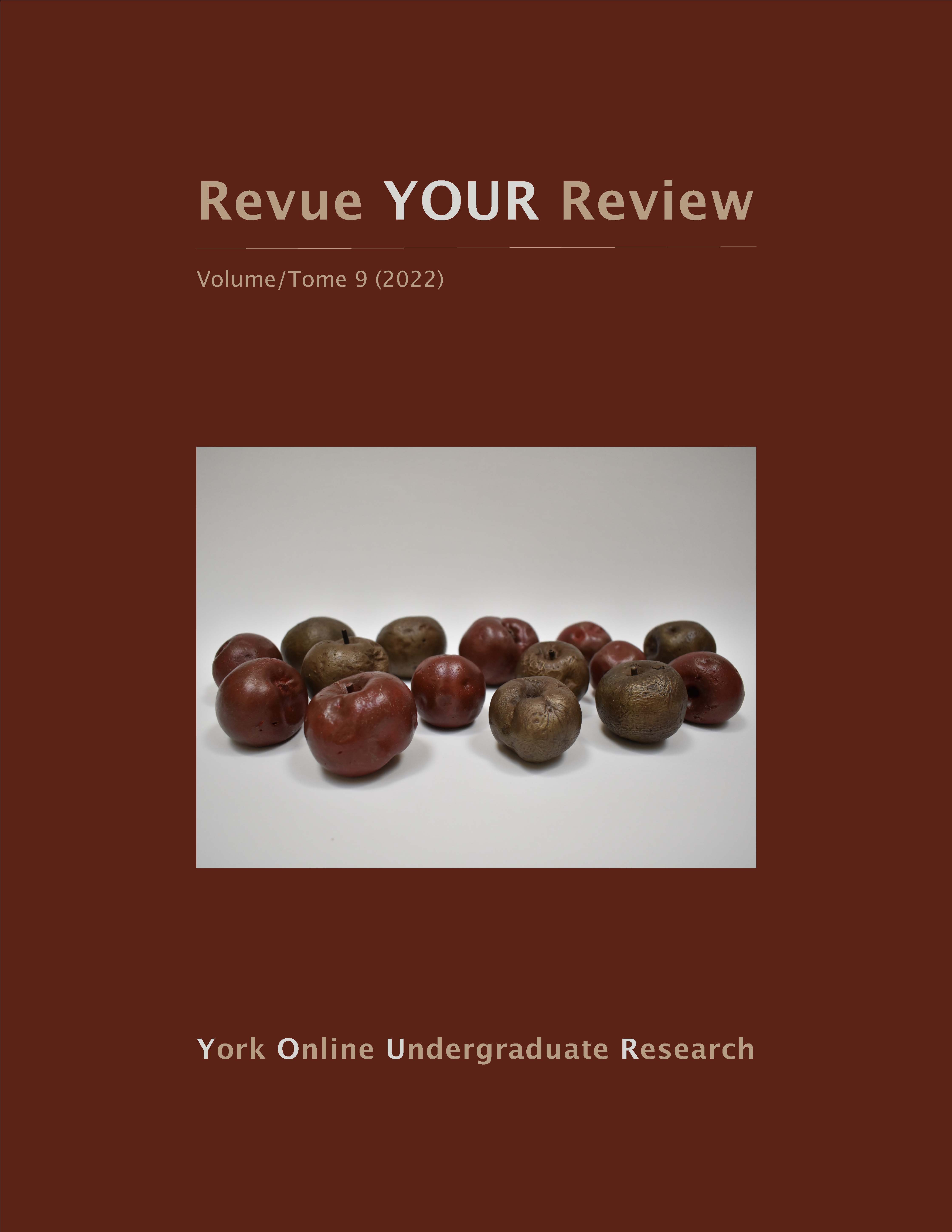The Financial Shock from Covid-19 to Canadian University Endowments: The Reaction, Response, and Implications
Abstract
Using data from the University of Toronto and University of Alberta endowments from 2018–2020, this research provides a thorough analysis of the asset allocation strategies used in practice during the COVID-19 pandemic and why those alterations are essential for the future implications of the positions held by endowment funds. It will review the University of Toronto and Alberta endowments response to the COVID-19 pandemic to shed light on several existing endowment behaviour models. Findings, based on primary sources, indicate that the University of Toronto and Alberta endowments have increased the portfolio weighting in bonds, international/global equities, and alternative/other assets in 2020 relative to 2019. This implies that the portfolio weight increase in the latter three asset classifications are consistent with a Merton theoretical view of the most optimal asset allocation as compared to Black. We suggest that a Merton approach to asset allocation is advantageous when there are adverse shocks in the market. This is due to the need to balance current financial obligations with future cash flows. We support Merton’s view which argues that placing a higher weight on those asset classifications demonstrates a trade-off of risks and returns to optimize resources (Merton, 1991). With spikes in current liabilities, decreasing exposure to risky short-term investments is needed to finance those activities. While on the other hand, taking on risky assets is advantageous in present circumstances to take advantage of volatilities in the markets to maximize future cash-flows’ benefits.
Downloads
Published
How to Cite
Issue
Section
License

This work is licensed under a Creative Commons Attribution-NoDerivatives 4.0 International License.
Authors contributing to Revue YOUR Review agree to release their articles under one of three Creative Commons licenses: Creative Commons Attribution 4.0 International; Creative Commons Attribution-NonCommercial 4.0 International; or Creative Commons Attribution-NoDerivatives 4.0 International. All editorial content, posters, and abstracts on this site are licensed under Creative Commons Attribution-NoDerivatives 4.0 International. For further information about each license, see:
https://creativecommons.org/licenses/
In all cases, authors retain copyright of their work and grant the e-journal right of first publication. Authors are able to enter into other contractual arrangements for the non-exclusive distribution of the e-journal's published version of the article (e.g., post it to an institutional repository or publish it in a book or in another journal), with an acknowledgement of its initial publication in this e-journal.


